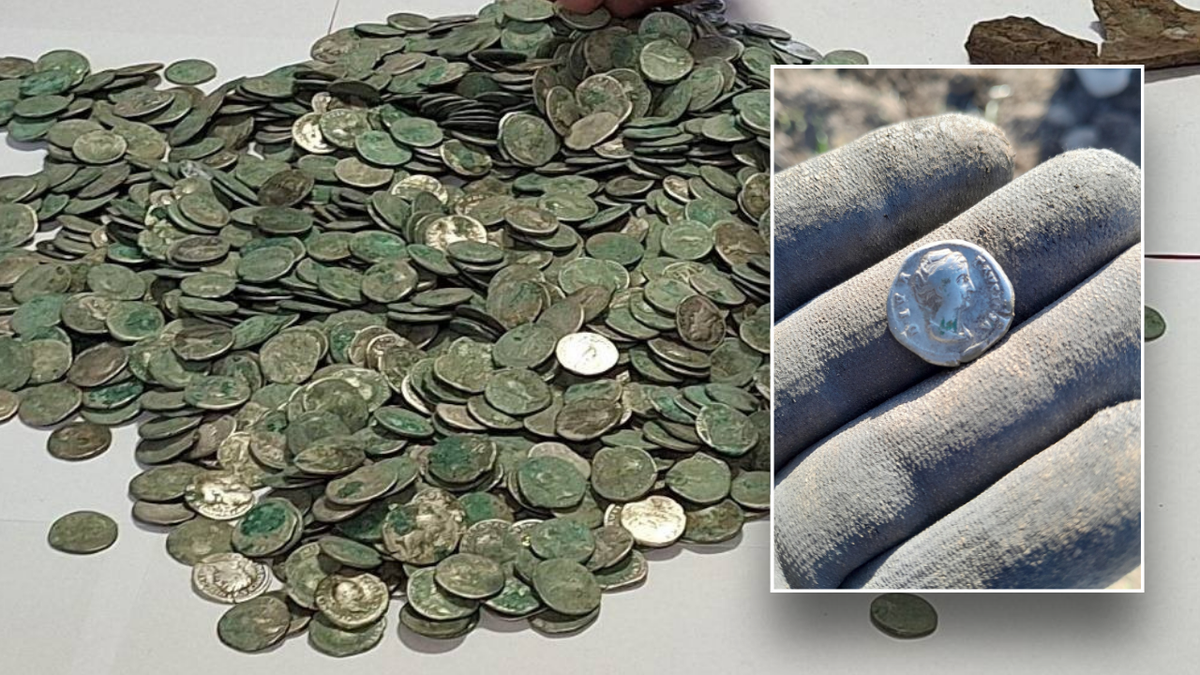Introduction
The Siege of Masada (73–74 CE) stands as one of the most dramatic and symbolic episodes in ancient Jewish history. This event, occurring during the First Jewish-Roman War (66–73 CE), saw a small group of Jewish rebels—known as the Sicarii—hold out against the formidable Roman Empire. Masada's tale is one of defiance, resilience, and tragic sacrifice, providing a lasting testament to the struggle for freedom against oppression.
Historical Background
Masada, a fortress built by Herod the Great in the 1st century BCE, was strategically positioned atop a rugged plateau overlooking the Dead Sea. Originally intended as a royal stronghold, it became the final refuge for Jewish rebels following the destruction of Jerusalem and the Second Temple in 70 CE. The Sicarii, an extremist Jewish sect opposed to Roman rule, occupied Masada, along with their families, hoping to resist the inevitable Roman assault.
The Roman Siege
Under the command of Lucius Flavius Silva, the Roman governor of Judea, the Tenth Legion (Legio X Fretensis) undertook the task of capturing Masada. The Romans, known for their disciplined military engineering, constructed a circumvallation wall and a series of camps around the fortress to prevent escape. One of the most remarkable aspects of the siege was the construction of a massive assault ramp on the western side of the plateau, a feat of engineering designed to breach the fortress’s formidable defenses.
The Defenders and Their Resistance
The defenders, numbering around 960 men, women, and children, relied on the fortress’s extensive provisions, including stored food and water cisterns. Despite their determination, they were ultimately outmatched by the Roman war machine. The Sicarii attempted guerrilla tactics, using the fortress’s natural defenses to delay the Roman advance, but they lacked the manpower and resources for prolonged resistance.
The Final Assault and Mass Suicide
By 73 CE, the Romans had completed their siege ramp and brought a massive battering ram to the gates of Masada. Realizing that defeat was imminent, the Jewish defenders, led by Eleazar ben Ya’ir, made a fateful decision: rather than be captured and enslaved by the Romans, they chose to die by their own hands. According to the historian Flavius Josephus, the men killed their families before drawing lots to determine who among them would kill the remaining warriors. The last survivor committed suicide, ensuring that none fell into Roman hands alive.
Historical and Archaeological Perspectives
The account of Masada is primarily derived from Josephus, a Jewish historian who later became a Roman citizen. While his narrative is widely accepted, some scholars debate its accuracy, given the lack of direct evidence confirming the mass suicide. Archaeological excavations led by Yigael Yadin in the 1960s uncovered structures, weapons, and remnants of the Roman siege works, lending credibility to Josephus’s account while also raising new questions about the exact details of the event.
Legacy and Cultural Significance
Masada has become a powerful symbol of Jewish resilience and resistance. In modern Israel, it serves as a national heritage site, with the phrase "Masada shall not fall again" epitomizing the nation’s enduring commitment to independence and survival. The siege is frequently referenced in military and ideological contexts, reflecting its enduring impact on historical and national consciousness.
Conclusion
The Siege of Masada remains one of the most compelling episodes in Jewish and Roman history. It encapsulates the tragic struggle between an oppressed people and an overwhelming imperial force, leaving behind a legacy that continues to inspire discussions on freedom, resistance, and historical memory. While debates about the exact details persist, Masada stands as a poignant reminder of the human cost of war and the unyielding spirit of those who choose to fight for their beliefs.







